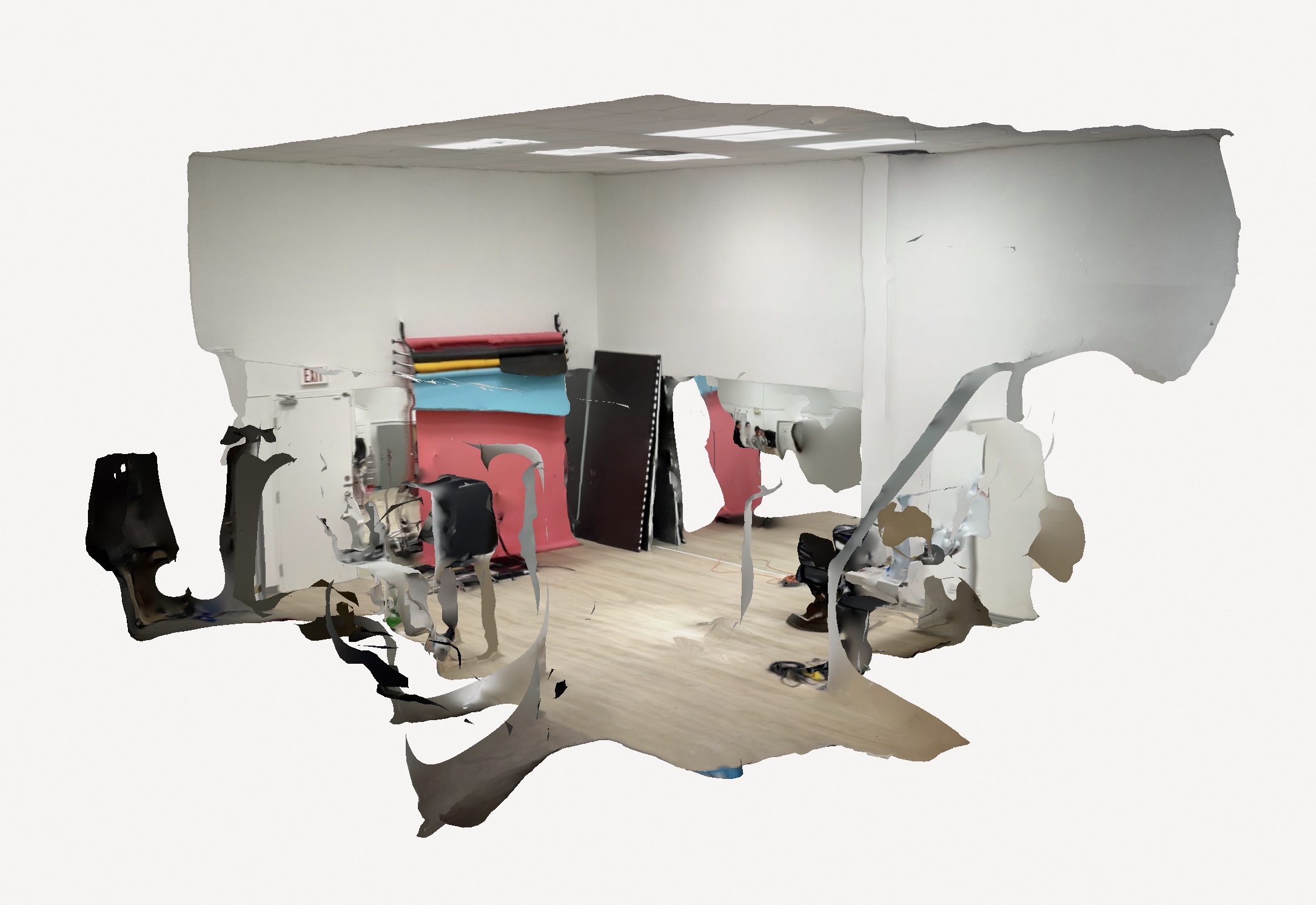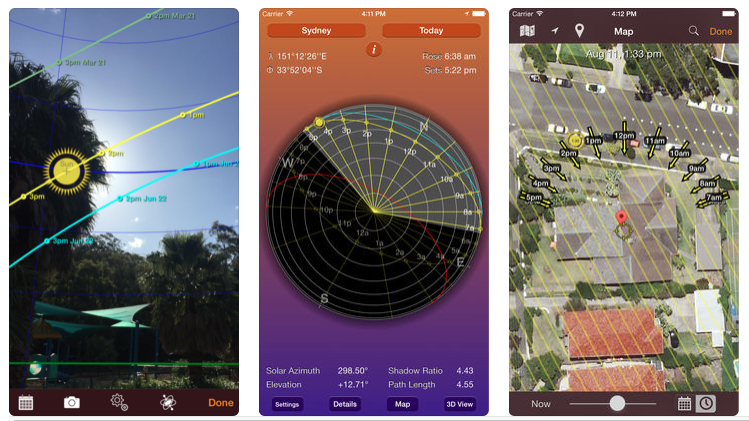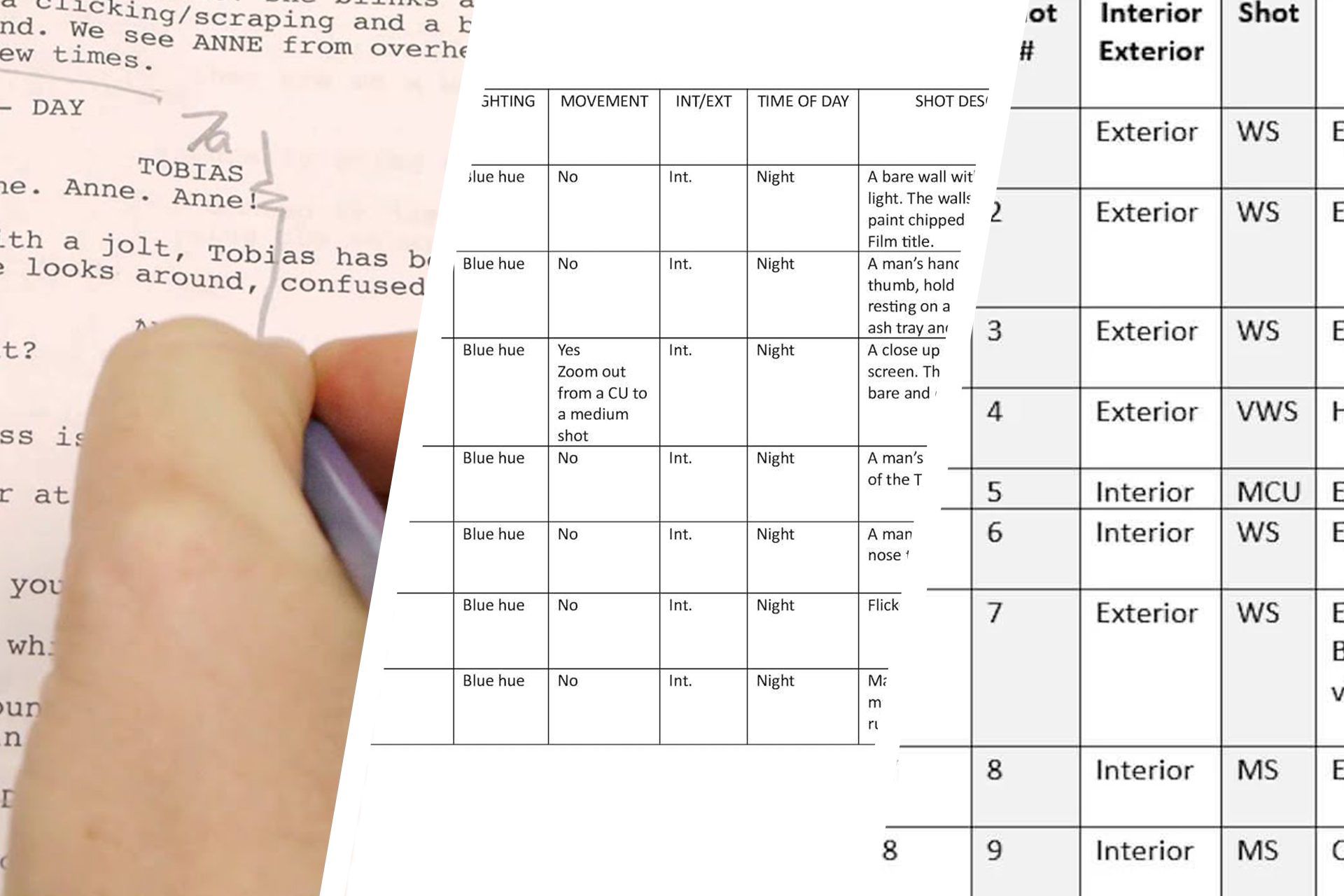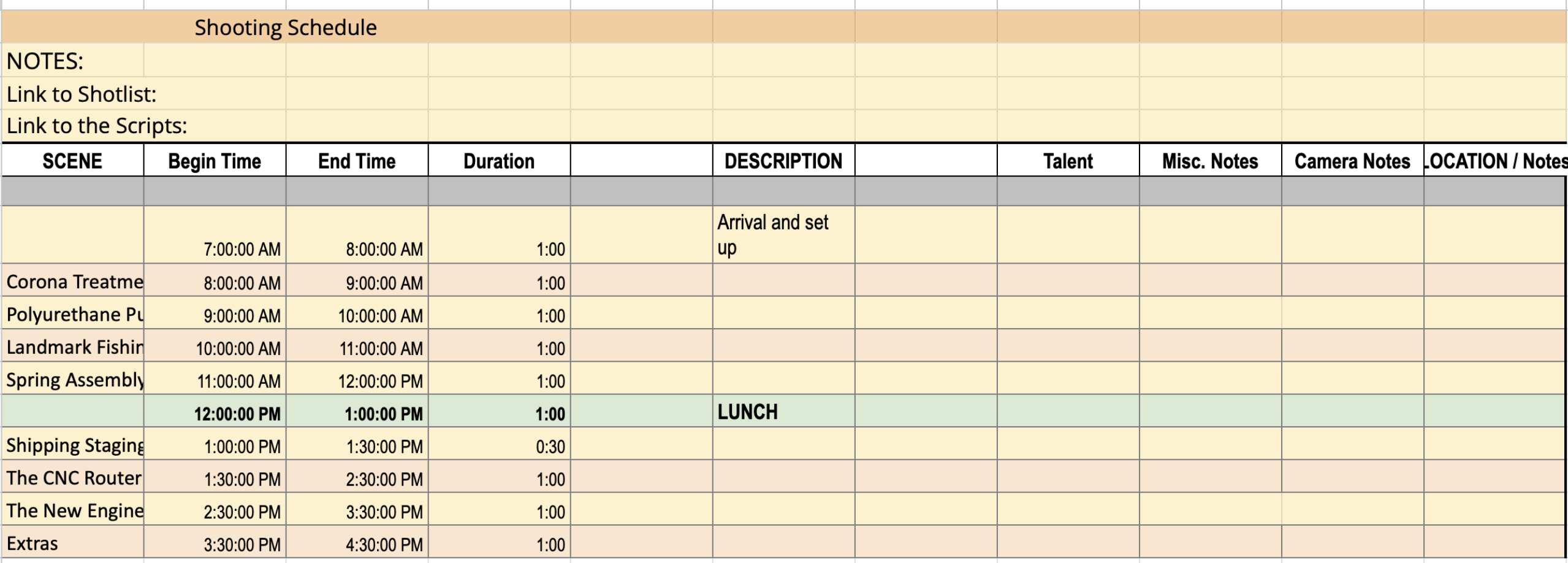Pre-Production Process: A Guide
In the world of video production, the magic begins long before the cameras start rolling. This crucial phase lays the groundwork for a successful video project, ensuring that the vision, goals, and logistics align perfectly from the outset. Pre-production is where ideas are born, planned, and prepared for execution, encompassing everything from concept development and scriptwriting to casting and location scouting. Understanding the intricacies of this initial stage is vital for anyone looking to achieve excellence in video production. In this guide, we’ll explore the essential steps of pre-production, shedding light on why it’s the cornerstone of creating compelling and effective video content.
What is Pre-Production?
Pre-production marks the initial stage in the video production process, serving as the planning and preparatory phase that precedes any actual filming. This pivotal stage involves a series of steps designed to ensure that every aspect of the video project is meticulously mapped out, from the initial concept and scriptwriting to scheduling, budgeting, and logistical arrangements.
Role and Importance:
The role of pre-production cannot be overstated. It functions as the blueprint for the entire video production process, guiding every decision and action that follows. During this phase, creative ideas are refined and developed into actionable plans, resources are allocated, and potential challenges are identified and mitigated. This careful planning ensures that the production phase runs smoothly, effectively, and within budget.
Pre-production is crucial for several reasons:
- Vision Alignment: It ensures that the project’s goals, message, and creative vision are clearly defined and understood by the entire production team.
- Efficiency and Cost-effectiveness: By addressing potential issues beforehand, it helps avoid costly mistakes and delays during production and post-production.
- Quality Assurance: Detailed planning during pre-production directly impacts the quality of the final video, ensuring that the end product is engaging, visually appealing, and on message.
In essence, pre-production lays the foundation for successful video production. It’s where strategic planning meets creative vision, ensuring that the project is well-positioned to achieve its objectives and resonate with its intended audience.
Key Steps in the Pre-Production Process
The pre-production phase is composed of several critical steps, each contributing to the project’s success. Here’s a breakdown of these essential stages:
1. Concept Development
- Brainstorming: Begin with a broad brainstorming session to generate a wide range of ideas. Consider using techniques like mind mapping to explore different angles and themes.
- Refinement: Narrow down the ideas based on feasibility, impact, and alignment with the client’s goals and the target audience’s interests. This stage involves critical thinking and collaboration to refine the concept into a solid, workable idea.
- Alignment: Ensure the final concept aligns with the client’s objectives and resonates with the intended audience. This alignment is crucial for the project’s relevance and success.
2. Booking the Crew
When the Production Date is set that is when we will start booking crew members. Freelancers that accept the project will be sent a contract (which includes an NDA) that they will need to sign. We use a highly curated list of creatives for our projects. If you are interested in learning more about the different roles that each crew member plays then check this article.

3. Location Scout
- Finding the Perfect Location: Look for locations that best suit the video’s theme, narrative, and aesthetic needs. Consider both practical and artistic aspects.
- Considerations: Pay attention to lighting conditions, space for equipment, and the need for permits or permissions. The right location can add depth and authenticity to the narrative. During location scouting, a Lapse Productions producer will consider practical factors such as:
- Lighting conditions;
- Suitable shooting spots;
- Noise levels;
- Accessibility;
- and whether the space can comfortably accommodate our cast and crew.
- We will also be capturing LiDar scans of the areas to share with our crew along with solar tracking readings.


4. Scripting & Storyboarding & Shotlist
Scriptwriting
- Narrative Development: Start by outlining the narrative structure, including the beginning, middle, and end. Develop a storyline that effectively conveys the message while engaging the audience.
- Dialogue Creation: Write dialogue that sounds natural and conveys the characters’ personalities and the story’s nuances. Keep the target audience in mind to ensure the script resonates with them.
- Blueprint for Production: The script serves as the project’s blueprint, detailing every visual and auditory element. It’s essential for guiding the production team and ensuring coherence in the storytelling.
Storyboarding
- Visual Planning: Storyboards visualize the script through a series of sketches or digital images, representing each shot and sequence.
- Benefits: They help plan the shots, understand the visual flow, and communicate the director’s vision to the team. Storyboarding is invaluable for pre-visualizing the project and ensuring efficient shot planning and sequencing.

5. Casting
- Talent Selection: Casting involves selecting actors or participants who best embody the characters or message of the video. Consider auditions and screen tests to evaluate fit and performance capability.
- Impact on Effectiveness: The right casting choices can significantly enhance the video’s authenticity and emotional impact, making the selection process critical.
6. Talent Preparation
A lot of the time, we have the Client provide their own employees for our videos (this is because we create a lot of B2B corporate videos). What we do in this situation is create a Talent Preparation Brief for them. This document goes over appropriate attire, how to prepare for a Teleprompter shoot, correct posture, and much more!

7. Scheduling
- Detailed Planning: Create a detailed schedule outlining each production phase, including shooting days, locations, and specific scenes or shots.
- Efficiency Tools: Utilize scheduling software or tools to manage time effectively, ensuring that the production stays on track and adapts to any unforeseen changes.

8. Preparing the Crew
At different stages of the process, crew members are updated with information regarding the project. This is because their input is valuable to the production in many ways. For example:
- The cinematographer needs to know exactly what will be filmed because s/he will determine its feasibility or complexity.
- The grip or gaffer can provide the cinematographer with advice on camera set ups and equipment that may need to be rented to achieve the cinematographer’s goals.
- The audio operator will need to know what equipment to bring and if the sound will create problems in the editing process.
- The makeup artist needs to know how many people she will need to fix and in which succession because she can provide the Producer with how much time she will need per person. She also needs to see reference photos of the talent to know how to prepare for them.
- The Production Assistant is usually someone that is getting their foot in the industry so they just need to be updated on what their role for that day will be.
Why Pre-Production Matters
Pre-production is often the unsung hero of video production, a phase where strategic foresight and meticulous planning translate into tangible benefits throughout the project lifecycle. Its significance cannot be overstated, as it directly influences the efficiency, cost-effectiveness, and overall quality of the final video.
Benefits of Thorough Pre-Production Planning:
- Cost Savings: Effective pre-production identifies potential financial pitfalls before they occur, allowing for budget adjustments and smarter resource allocation. By planning meticulously, unnecessary expenses can be avoided, ensuring that the project remains within budget without compromising on quality.
- Time Efficiency: A well-executed pre-production phase streamlines the entire production process. Scheduling conflicts, logistical errors, and unanticipated challenges can significantly delay a project. Pre-production planning mitigates these risks, ensuring that timelines are realistic and adhered to.
- Quality Enhancement: The quality of the final video is significantly influenced by the decisions made during pre-production. This phase allows for creative exploration, theme development, and narrative structuring, which are crucial for producing compelling content. Additionally, it ensures that technical considerations, such as lighting and sound, are addressed early on, enhancing the overall production value.
Conclusion
In conclusion, pre-production is where the magic begins. It’s all about meticulous preparation and setting the right foundation for your project. At Lapse Productions, we invest significant time and effort in pre-production, knowing that this critical stage can significantly impact the final product’s quality.Ready to see your concept transform into a captivating video? Our team at Lapse Productions is prepared to guide you through each stage of the pre-production process, ensuring a smooth journey from concept to completion. Reach out to us today, and together, let’s start creating a compelling visual narrative that resonates with your audience. The first step towards your video production journey begins now.
Let’s Create Your Video Today
If you’re looking for top-notch quality, industry expertise, dependability, and competitive pricing, don’t wait any longer. Contact us now for a quote and let’s get started on your project.




